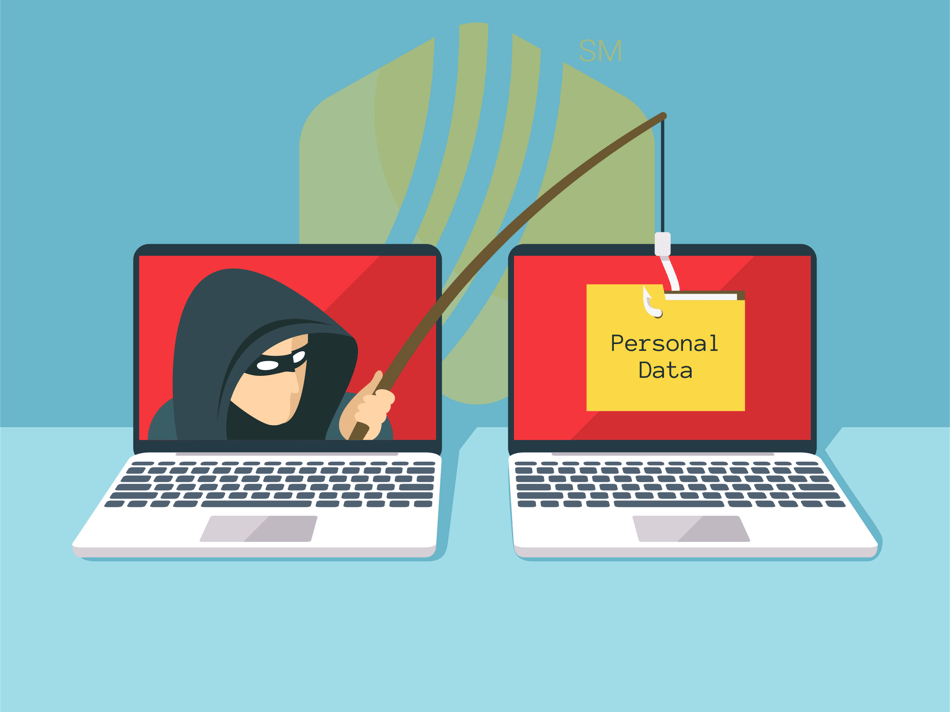In today's digital age, where online banking and electronic communication have become the norm, ensuring the security of financial information is vital. This is especially true with phishing, where malicious actors attempt to steal sensitive data through deceptive emails or websites. Because of phishing, and other cyber attacks, financial institutions must be proactive in safeguarding their customers' assets. And having a robust anti-phishing strategy can be an essential piece.
Understanding the Threat
Phishing attacks have become increasingly sophisticated, often mimicking legitimate communication from banks or other financial institutions. These fraudulent emails or websites are designed to trick individuals into divulging their personal or financial information, such as login credentials, account numbers, or social security numbers. The consequences of falling victim to such attacks can be dire, leading to identity theft, financial loss, and reputational damage.
Okay, so phishing attacks are bad, and they can really hurt our customers, but what can we do about it?
The Role of Financial Institutions
First, we must recognize the severity of the threat posed by phishing attacks. Done.
Next, we need to implement comprehensive anti-phishing strategies to protect customers. These strategies encompass a range of proactive measures aimed at detecting and mitigating phishing attempts before they can cause harm. The following components of an anti-phishing strategy help both customers and financial institutions.
5 Key Components of an Anti-Phishing Strategy
- Education and Awareness: Financial institutions can educate their customers about the telltale signs of phishing attacks and provide guidance on how to spot suspicious emails or websites. By raising awareness, customers are empowered to take proactive steps to protect themselves.
- Multi-Factor Authentication (MFA): MFA adds an extra layer of security by requiring users to provide multiple forms of verification before accessing their accounts. This could include a combination of passwords, security questions, biometric data, or one-time codes sent via text message or authenticator apps.
- Email Approach: Financial institutions can employ an email strategy that reduces the amount of emails sent to customers. They can also employ a standard for emails so that all emails from the institution look similar. This helps customers to spot emails that are not from the institution.
- Website Verification: To combat phishing websites that mimic legitimate banking portals, financial institutions can implement website verification mechanisms such as SSL certificates and website authenticity indicators. These measures help customers verify the legitimacy of the websites they are interacting with.
- Incident Response: In the event of a phishing attack, financial institutions should have incident response protocols in place to quickly identify and mitigate the threat. This should involve notifying customers and communicating with law enforcement agencies.
Implementing a Strategy
Every financial institution needs to have an anti-phishing strategy. And here are a few things that can help you get started with yours.
- The American Bankers Association offers a comprehensive anti-phishing campaign called #BanksNeverAskThat. It requires an ABA number to register, but even if your institution doesn’t have an ABA number, you can still learn a lot from their #BanksNeverAskThat campaign examples or from their website.
- The Federal Trade Commission has an article, How to Recognize and Avoid Phishing Scams, with several tips on how to identify and prevent phishing scams. Plus, the article also gives information on how to report phishing attempts.
- The Federal Bureau of Investigation has a website where you can easily file a complaint and report cybercrime.
- The American Bankers Association also offers a really great infographic that you can send to customers to help them know more about phishing and how to spot it.
The Benefits of Vigilance
By prioritizing the development and implementation of anti-phishing strategies, financial institutions not only protect their customers' assets but also uphold trust and confidence in the financial system as a whole. Customers can rest assured knowing that their financial institution is committed to their security and well-being. And that makes everyone feel better.
Phishing attacks represent a pervasive threat to the security of financial information, but with the right anti-phishing strategies in place, financial institutions can effectively mitigate these risks. Through a combination of education, technology, and vigilance, financial institutions can stay one step ahead of cybercriminals and ensure the safety and security of their customers' finances. If you don’t have an anti-phishing strategy in place, it’s time to get started.
“Choose to be optimistic, it feels better.”
Dalai Lama XIV





